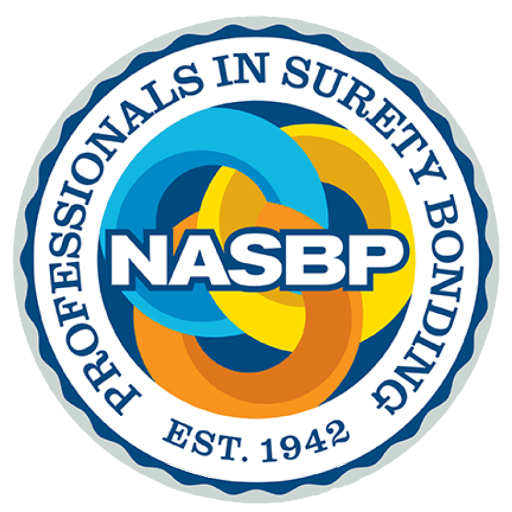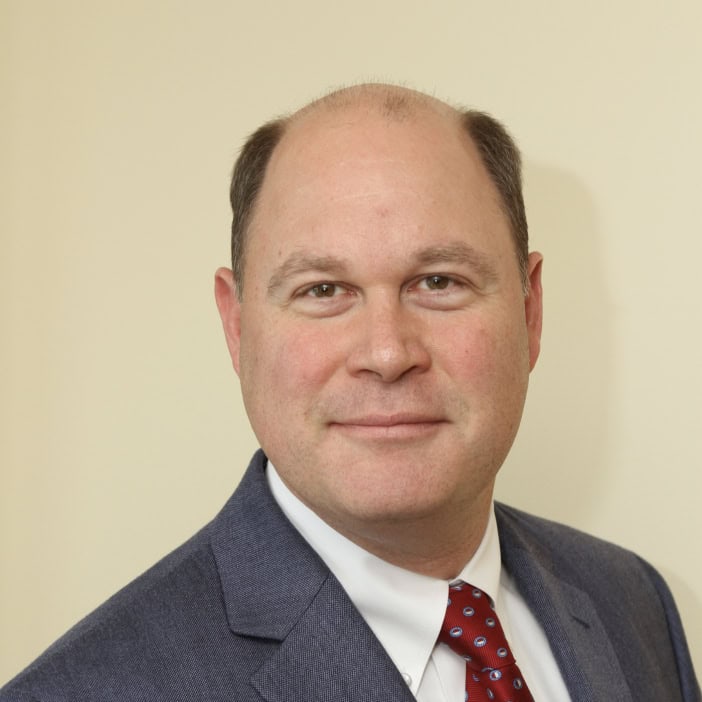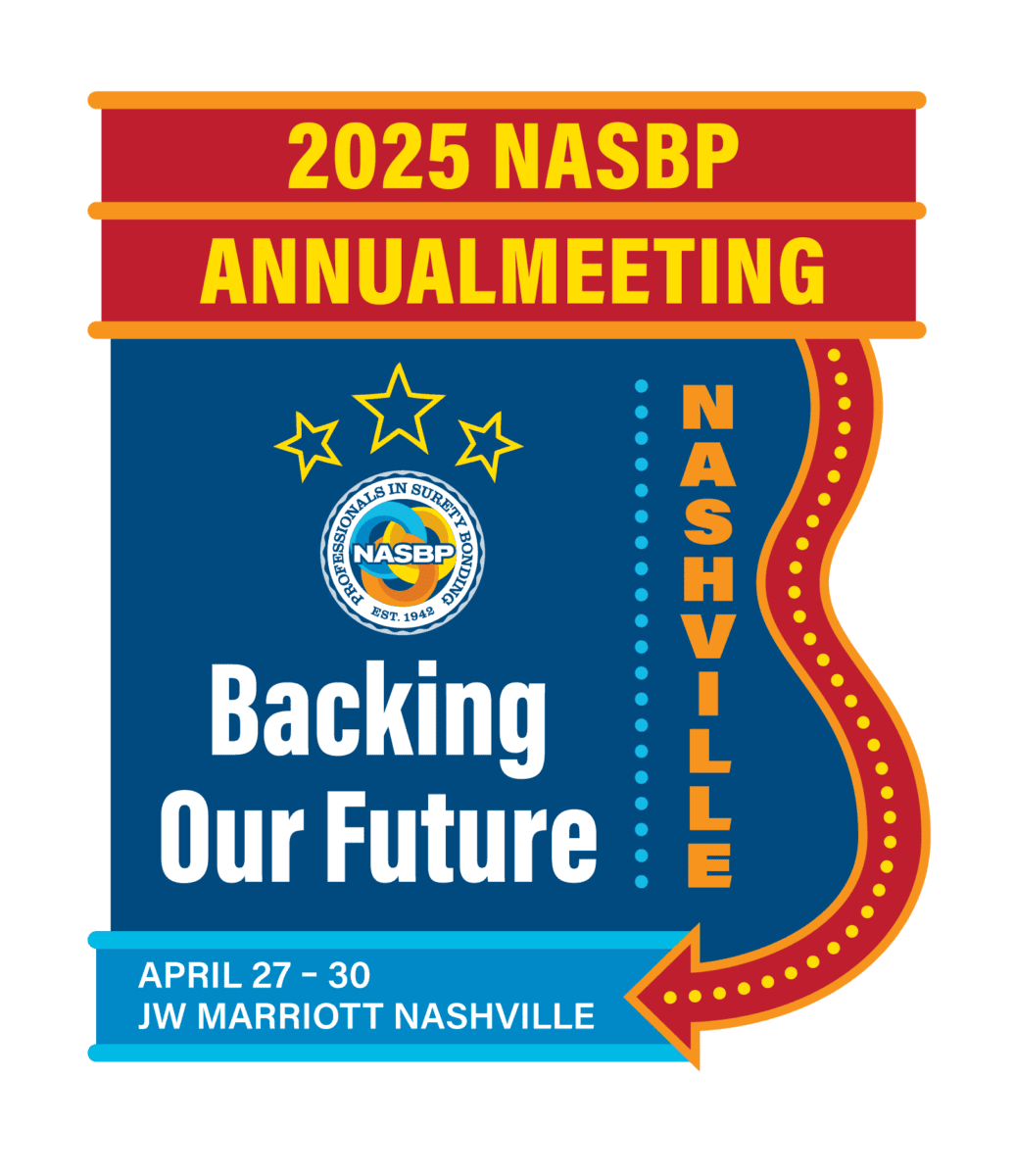
Help Your Business Thrive By Improving Your Team’s Chemistry
As many of you know, my goal this year is to help provide some real tools as well as some thoughts along the way to help your businesses thrive, with the ultimate goal of having people not only fully engaged in their own businesses, but also engaged in helping address our industry’s issues.
Early in August in Atlanta, I served as a faculty member at our NASBP Schools. (See related article in this issue.) The energy and commitment shown by our teachers is amazing. When you witness this group of competitors working together to teach their future competitors, it really brought forth some great examples of one of the most critical components of successful organizations–good team chemistry.
Speaking of good team chemistry, when I think about our Gallagher team’s chemistry, the first thing that comes to mind is our office’s pursuit of hires that are a cultural fit. One thing I know for sure: without our collaborative, top-notch Gallagher staff, the time and energy I’ve committed to NASBP wouldn’t be possible.
The NASBP Summer School had instructors from five NASBP Affiliates–CNA, Travelers, Liberty Mutual, The Hartford, and SureTec–participating, along with agents and brokers from all over the country. What’s really special to see is the camaraderie of the group. Whether they are sharing ideas, debriefing after class in the faculty suite or finishing each other’s sentences in class, the team chemistry is remarkable.
Advocacy and education are two of the three legs of NASBP’s stool, with membership the third. It takes fully engaged people to pull off the education of over 100 students over the course of a week. Education and professional development is truly one of the hallmarks of NASBP. What makes it really work though is team chemistry of people coming together for one week to do something extraordinary.
Is team chemistry important for winning? No doubt there have been many successes of differing types of teams; but, in my experience the most successful teams are where everyone has a respected role on the team and people pull together to get things done right.
As you’ve been warned, I’m a fan of team sports. In case you don’t know much about baseball, we SF Giants fans have had a really good run the last few years after a 56-year dry spell. Our biggest rival is the LA Dodgers. To say we don’t like each other would be an understatement. Earlier this year one of the owners of the Dodgers, charismatic basketball legend Magic Johnson, spoke at a meeting I attended. It scares me what the relatively new ownership group might have the potential to do with the team, which continues to lead our division, if they figure out where they went wrong with building their team and fix it. A book was released this year about the Dodger’s team chemistry (or lack thereof)–The Best Team Money Can Buy, by Molly Quinn. It’s a fast and interesting read–especially for someone yearning for examples on the topic of team chemistry.
What I found most interesting and relatable to our business was not the effect someone like Yasiel Puig, a polarizing figure, has on team chemistry, but the portions devoted to 3-time Cy Young Award Winner Clayton Kershaw, who many believe is the best pitcher in baseball, as well as the relationships between the front office, coaching staff, and players. They flamed out in the playoffs in both 2013 and 2014 with Kershaw melting down both times against the St. Louis Cardinals. Just because your ace with such presence is on the mound doesn’t mean all the rest of the players can assume winning is a given. Everyone has to do his or her part.
Do you have someone on your staff with similar characteristics to this all-star–someone who’s perceived to be a leader by the sole virtue of his or her presence? These are people whose simple presence matters so much because they’re so good. But these traits don’t naturally translate to being essential for team chemistry. Who among us hasn’t seen extremely talented individuals in our companies who aren’t necessarily either team players or “chemistry builders.” According to Quinn, the Dodgers are making changes–both in their front office and within the roster in an effort to mirror the team chemistry seen with the Giants and KC Royals organizations, last year’s World Series contenders. Now understanding what was going on behind the scenes, it will be interesting to see if the Dodgers’ ownership now understands you can’t buy team chemistry as we march toward October.
So how do we build team chemistry within our own businesses? Teams with good chemistry have team members that get along with one another, are loyal to each other and all work toward the same goal. They understand and work in a way that maximizes their strengths and minimizes their weaknesses. Here are some points a few random leadership experts recommend:
|
Sometimes team members need to move on. Hire team members who can focus on the skills needed to ensure the team remains strong. Preserve your culture by selecting people who are passionate about what they’re doing and who live by values that complement team values.
I hope these tips help you improve your own team’s chemistry, resulting in improved productivity and elimination of any time-wasting arguments, which will propel your group forward to greater success.
Don’t forget to sign up for our Leadership Conference on October 22nd, at the Omni Hotel in Nashville. If you haven’t already, view a video about it, here at NASBP.org. When you leave the Conference, you should better understand your own personality and communication styles, which can help you improve your own team chemistry.
Susan Hecker is Executive Vice President and National Director of Contract Surety at Arthur J. Gallagher & Co. in San Francisco, CA. She can be reached at Susan_Hecker@ajg.com.
Get Important Surety Industry News & Info
Keep up with the latest industry news and NASBP programs, events, and activities by subscribing to NASBP Smartbrief.




